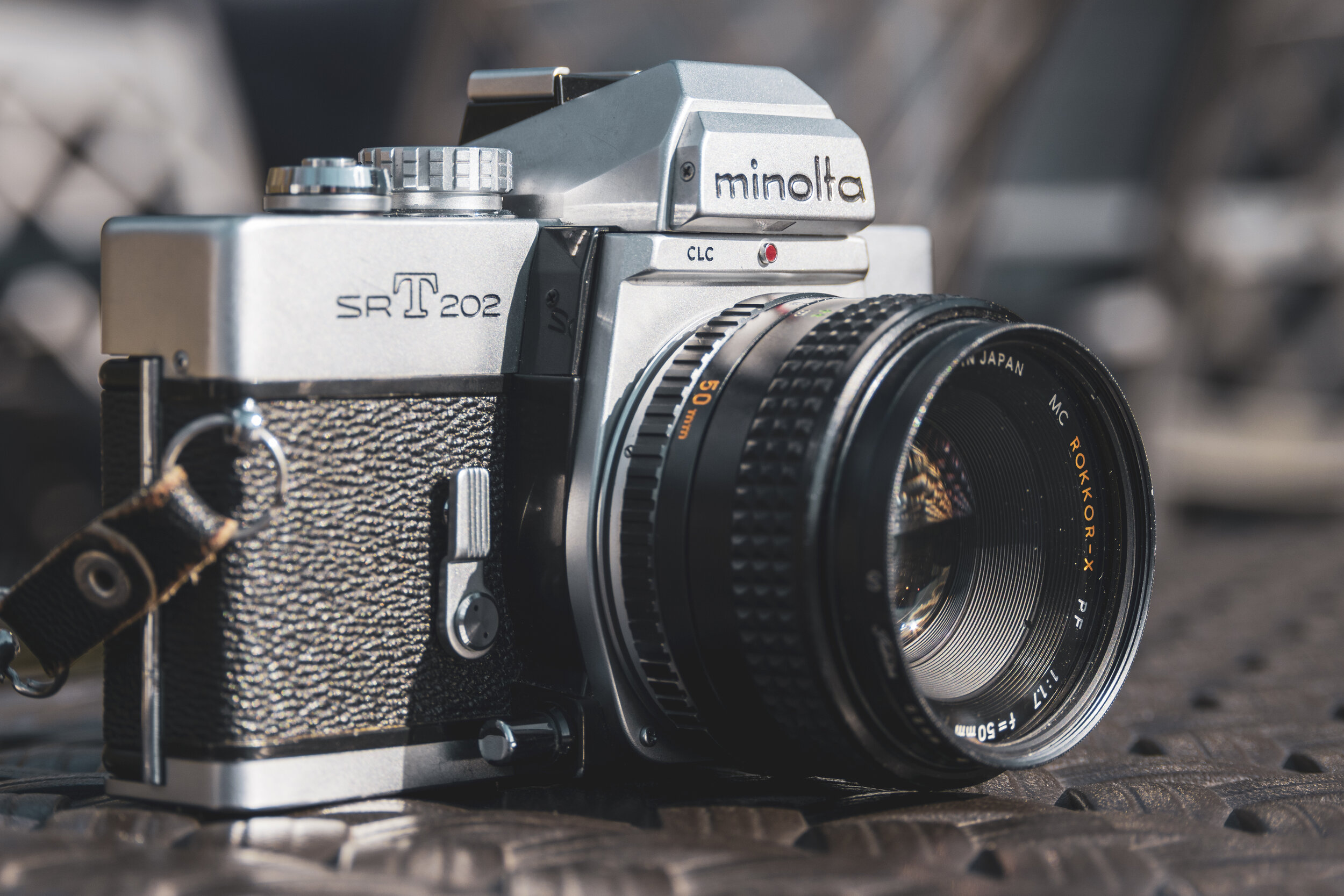WWII Weekend in Reading, Pennsylvania: Minolta SrT-202 + Kodak Tri-X 400
Written and Photographed by Nick Chismar
With the focus being on creating “believable” images, it was tough to get a moment where no regular visitors were in the frame. There were lots of images throughout the day highlighting the event as a whole and showing the broad picture, but I tried to capture images that would put the viewer back in time.
2 Part Series
- Part 1 - B&W WWII Weekend in Reading, Pennsylvania
- Part 2 - Color WWII Weekend in Reading, Pennsylvania
Intro
Everyone has their way of kicking off the summer, whether it be a long road trip, going to the shore, or simply relaxing at home, most people have their way to start it off right. For my father and I, the start of summer is always on the first full weekend in June. Instead of a vacation to the shore, a quick hour drive takes us back in time for a day, to World War Two.
For the last 16 years, World War Two Weekend in Reading, Pennsylvania has been the start of our summer, however last year was a bit different. I was armed with the usual DSLR, but I also brought along a few rolls of 35mm film for the fun of it, and I’m happy I did!
Artist
My name is Nick Chismar and I am a photographer based in Bethlehem, Pennsylvania. I have been shooting digitally for a little while, but 35mm film has slowly become a part of my daily life over the past three years. I love abstract and architectural work, but I honestly enjoy simply documenting life through film.
Gear and Film Stock
My go-to camera for the last three years has been a Minolta SrT-202 which my father bought brand new in the mid-1970s. He had his own DSLR for the day, so I was able to bring the Minolta with a Rokkor-X PF 50mm f1.7 attached. Film wise it was a purely Kodak weekend. Two rolls of Tri-X 400 started off the day, followed by a roll of Gold 200 and lastly one of Portra 400 (which will appear in part 2).
Black and White
The first half of the day was shot using Tri-X 400. Since this was a World War Two event, Tri-X seemed to be a perfect film to use. The contrast, detail, and grain structure combine to make beautifully detailed images. It provides great depth and is very forgiving.
With the focus being on creating “believable” images, it was tough to get a moment where no regular visitors were in the frame. There were lots of images throughout the day highlighting the event as a whole and showing the broad picture, but I tried to capture images that would put the viewer back in time.
Some of the more exciting ones came from one of the Village skirmishes. Down below the main taxiways, tucked below a hill is a small replica of a French Village. Here you can find civilian reenactors living their daily life. Each year can be different, but the Village usually begins being occupied by American Troops. When we got down there, the Germans were beginning their assault. I was able to snap a few photos during the engagement before the Americans fully retreated as the German tanks rolled in. Luckily the Americans returned and took the town back before the end of the day, but my 35mm wasn’t on duty then.
One of the nice things about shooting Tri-X was that I can easily develop it and make my own silver gelatin enlargements on campus. The image of the lone American Aviator on the Wildcat fighter’s wing along with the American Troops relaxing and talking in the Village have both been printed.
Midway through the day, the second roll of Tri-X was done, carefully wound back up, and replaced with a roll of Kodak Gold 200. The rest of the day would be shot on color negative film, with Gold 200 being the more “touristy” of the rolls. See the color images in Part 2!
If you enjoyed this article, feel free to check out our Film-Focused YouTube Channel!












